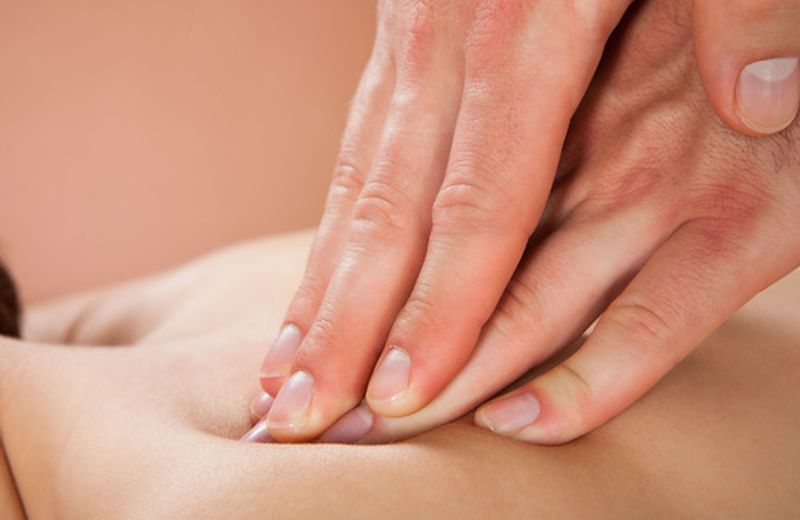Shiatsu: what is the Masunaga method
Shitsu is a therapeutic massage linked to Chinese tractional medicine. There are many types of shiatsu: let’s see what the Masunaga style consists of

Shiatsu: how many methods?
Shiatsu is a manual technique linked to the application of traditional Chinese medicine . It consists of pressure on certain points, in order to rebalance the qi , the vital breath that moves all the physiological mechanisms and that condenses in the anatomical structures of the human body.
The qi has the meridians of traditional Chinese medicine as its preferential flow lines, and the tsubo, the single points distributed on the meridians themselves, as privileged access sources. Quality of qi is to flow, like life, and reach all parts of the body. Good qi circulation means health , while weak, blocked or too disruptive qi generates both physical and emotional imbalances.
In principle, all styles of shiatsu apply these basic concepts. However, there are specific differences between one style and another , as conceived by each individual master.
Shizuto Masunaga was first a student and then a collaborator of Tokujiro Namikoshi, to finally detach himself from the latter, implementing his own style of shiatsu, which took the name of Zen Shiatsu .
Read also Masunaga’s exercises, interview with Gianfranco Ferraro >>
Shiatsu medoto Masunaga: Zen shiatsu
Master Masunaga conceived his own style of shiatsu starting from traditional Chinese medicine , integrating it with Western physiology , and expanding the approach to the symptom with a holistic vision of the whole individual.
Already the name that was given to this type of shiatsu, “Zen” , focuses on the introspection and spiritual elevation and awareness that the treatment seeks to promote within the recipient individual.
The main differences between Masunaga style shiatsu and other shiatsu methods are:
> quality of the meridians : the meridians are not a set of points, as conceived by traditional Chinese medicine, but channels through which qi flows.
In each point of the meridian we act on the qi and on the specific quality it takes for that specific energy channel. This means that during the treatment, the effectiveness is given by the pressure on the whole canal, that is on the line that traces it on the body, and not concentrating and exerting pressure on the single tsubo (meridian point);
> course of the meridians : in traditional Chinese medicine the meridians are divided between high and low . Some meridians run only on the arms, others on the legs. Still others run throughout the body. In Masunaga Zen Shiatsu each meridian runs over the whole body, in the upper and lower part;
> concentration on the energy states of excess and deficiency : the Kyo-Jitsu system determines that if in one part of the body there is a condition of fullness and stagnation of the qi energy, consequently there will be a situation of emptiness in another part. The Masunaga method focuses as much on excess, dispersing, as on deficiency, toning;
> the diagnosis is as important as the treatment: whether it is inferred through pressure, or whether it is done by applying the principles of traditional Chinese medicine, the operator’s in-depth knowledge of the causes of imbalance, and its effects on the body and emotions, determines the quality and effects of the treatment that the operator will perform;
> the use of hand pressure : in the Masunaga style there is a mother hand, which has the task of supporting the weight of the operator and keeping the presence on the recipient’s body constant, and a daughter hand, which is the one that moves along the body and exerts pressure on the meridians.
This classification, however, must not confuse, relegating the mother hand and simple mechanical support : through the joint pressure of the two hands a good operator will be able to perceive the response to the pressure of the subject, and at the same time create a state of continuity and union between the operator and who receives;
> the treatment is extended to the whole body, precisely because the meridians run completely through it, and is exercised on all levels of the individual: according to Masunaga, life flows in the meridian, in all its material and immaterial forms;
> particular attention to the psychological aspect : in the first part of his life Masunaga graduated in psychology, and paid a lot of attention to the emotional and psychological aspect, both in diagnosis and in treatment. According to Masunaga, in fact, the flow of qi is also responsible for the mental state of the human being.




























+ There are no comments
Add yours